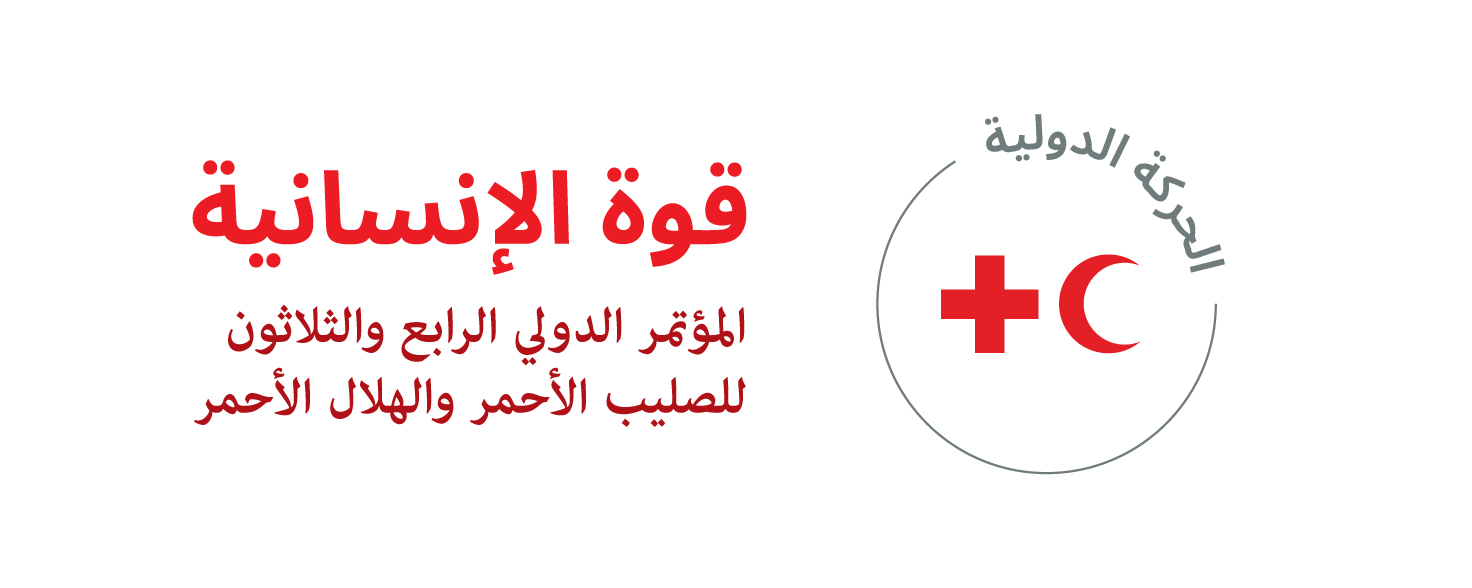هل الدولة/ الجمعية الوطنية/المؤسسة أدرجت الالتزامات الواردة في هذا القرار في الخطط الاستراتيجية أو التشغيلية ذات الصلة؟
نعمأُدرجت الالتزامات في كل مما يلي
الاستراتيجية
الخطط التشغيلية
على المستوى الإقليمي, المستوى الوطني, المستوى المحلي المستو
التفاصيل:
Strategy: The Advocacy Strategy guiding advocacy work for the Emergency Services program has prioritised addressing psychosocial needs in two of the four priority focus areas- namely, ‘Encouraging a psychosocial and inclusive approach to individual resilience’ and ‘Prioritise reducing the psychosocial impacts of disasters in an inclusive and safe way ‘. These priorities will be pursued with federal and state governments. Operational plan / Roadmap: ARC’s domestic Emergency Services has incorporated the commitments into its Emergencies Framework and operational guidance. All ARC Emergencies activities have mainstreamed an MHPSS approach and response and recovery activities have a focus on the provision of basic MHPSS, family and community supports and some focussed interventions. National/regional: In ongoing engagement with relevant levels of government, ARC is highlighting to need for appropriate psychosocial responses and calling for changes to practice and policy to support this. Local: ARC is represented on local emergency management committees and advocates for increased provision and access to MHPSS activities and services. In addition, ARC supports the coordination of MHPSS activities in response and recovery operations after disasters.
هل الدولة/ الجمعية الوطنية/المؤسسة تعمل مع شركاء آخرين من أجل تنفيذ الالتزامات الواردة في هذا القرار ؟
نعمعملت في شراكة مع:
الحكومة و/أو السلطات العامة
جهات أكاديمية
أمثلة على التعاون مع شركاء:
Per question one, we are working to influence government policy and practice to ensure people’s psychosocial needs are met during disasters. This has included working with the National Mental Health Commission on the new Australian Disaster Mental Health and Wellbeing Framework (not yet launched). ARC was represented on the Steering Committee that guided the development of the new framework. The Framework will set out best practice support for mental health and wellbeing after disasters in Australia and clarify the responsibilities of those responding to people’s trauma and stress. The focus is two-fold: 1. Providing mental health services and wellbeing activities during and following disasters 2. Rebuilding thriving communities to support good mental health and wellbeing after disasters. We are also partnering with a number of other organisations to promote psychosocial health and support and are involved in research into the long-term psychosocial impacts of disasters. Some examples include our research partnership with the University of Melbourne which recently released the findings from a ten-year study examining recovery (including psychosocial recovery) of people who had been affected by Australia’s 2009 Black Saturday bushfires. We have also recently released our own research into the relationship between preparedness activities and recovery outcomes which highlights psychosocial impacts. Other examples included knowledge translation in partnership with the Australian Institute of Disaster Resilience and experts (through webinars and events) for the Australian emergency management and community sectors on range of MHPSS related topics such as Indigenous experiences of disasters and long-term psychosocial impacts of disasters, among others. In our Emergencies operations, ARC works in partnership at regional and local levels to support the coordination of MHPSS activities during and after disasters. ARC recovery operations are place-based and focus on the provision of MHPSS activites as well as building capacity of partners and working with partners to support community-led MHPSS initiatives.
هل واجهتم أية تحديات في تنفيذ الالتزامات الواردة في هذا القرار ؟
نعمتحديات بشأن:
القيود التمويلية
غير ذلك
تفاصيل عن هذه التحديات:
A significant challenge we face in implementing the commitments is shifting a perception that psychosocial needs and impacts are less important that responding to the physical impacts of disasters. Governments and the emergency management system more broadly, continue to prioritise the physical and infrastructure components of disasters and are often unwilling to invest time or money into addressing psychosocial impacts in a meaningful way. This attitude is changing slowly but has a lot of progress still to make. The challenges in relation to perception of the importance of MHPSS, particularly interventions at levels 2, 3, and 4, leads to constraints in funding for these initiatives and services.
هل كان للالتزامات الواردة في هذا القرار أي آثار على عمل الدولة/ الجمعية الوطنية/المؤسسة وإدارتها؟
نعمنوع التأثير:
غير ذلك
تفاصيل عن هذا التأثير:
Yes, although this has been minimal in the Emergencies program. ARC ‘s domestic emergencies program already had a significant focus on MHPSS prior to the resolution. However, the resolution and the commitments within have supported an increased focus on this work.




